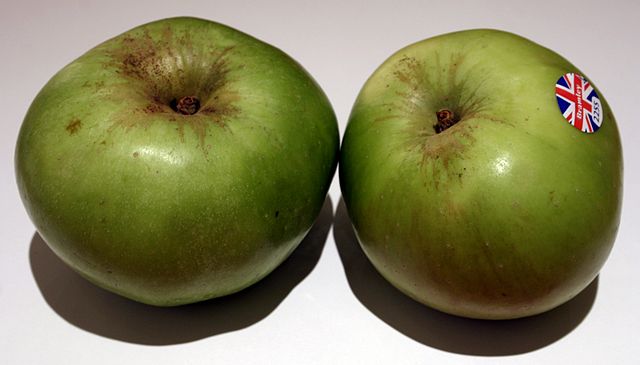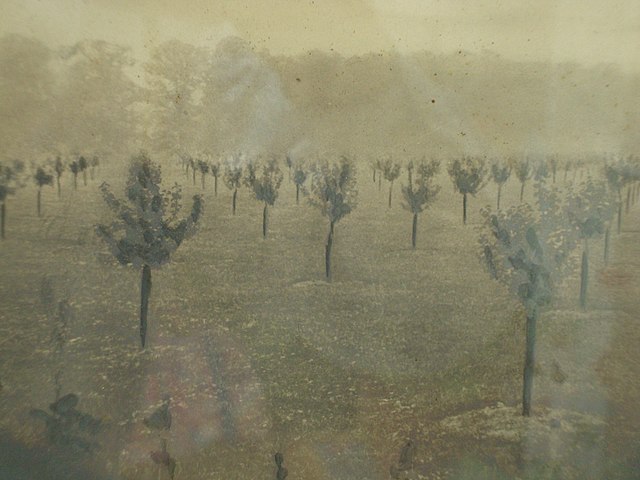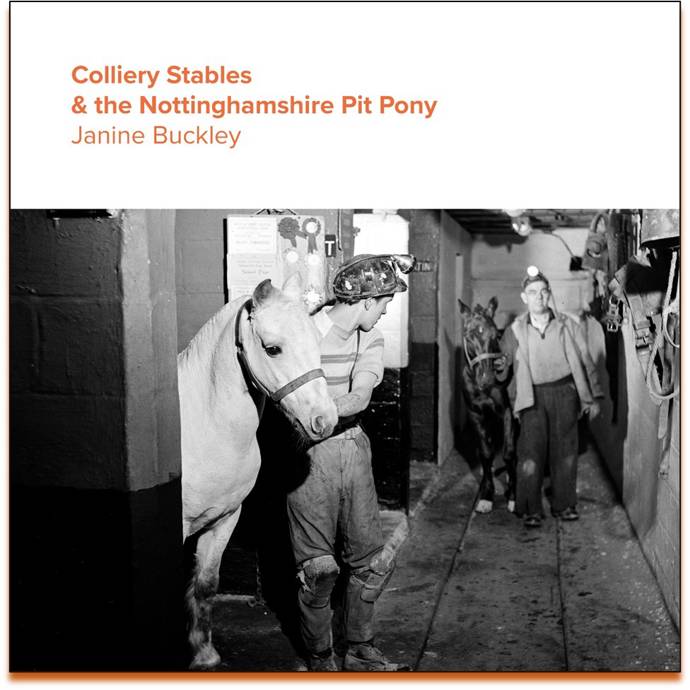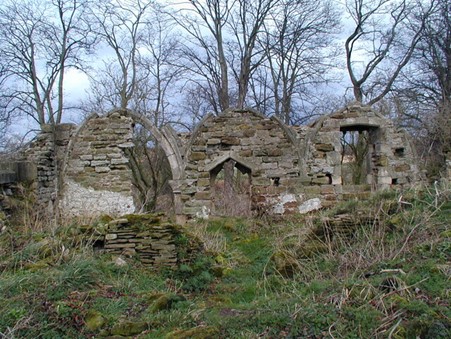Ha-Ha!
- Posted in:
- Heritage
- NewsletterArchive
This articles comes from our Winter 1998 newsletter:
Imagine being dressed in your smartest regalia, out for a stroll after a large Sunday roast, surveying your fine territory and gardens, when, oops, looking out across the well-cut lawns, you stumble, lose your footing and fall flat, while your friends and family around you have a good giggle at your expense. This could be the fate for anyone walking along in a garden ever since the turn of the eighteenth century, and the wicked culprit – the ha-ha.
The first ha-has were seen in England during the late seventeenth century and regarded as a way of seeing the garden landscape as well as the wilderness beyond it, where landscape architecture was becoming a rising feature of the well-to-do and their gardens. Whereas garden walls would restrict the prospect of what a person could see across the land, the ha-ha was viewed as something which wouldn’t limit what the eye could see and gave an awakening to sensations and curiosity where, according to the inventors of the ha-ha, Bridgman and Eyres – Royal Gardeners of Chiswick Park, variety and concealment were the pre-requisites of the art of landscape.
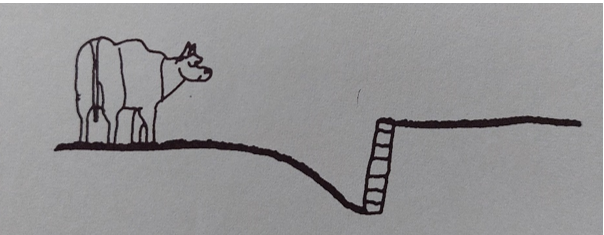
‘The destruction of walls for boundaries and the invention of fosses – an attempt then deemed so astonishing that the common people called them Ha! Has! to express their surprise at finding a sudden and unperceived check to their walk’ – Horace Walpole, ‘The History of the Modern Taste on Gardening’.
In reality, the sunken ditch of the ha-ha was used to separate the lawns from the working meadows and fields, though leaving the view of the entire countryside to the eye, while keeping the animals, i.e. the deer and the stock including the cows, out of the gardens. Normally the garden side of the ditch was vertical, faced with brick or stone, while the outer side of the ditch sloped up gently to the normal level of the ground, leaving the view of the countryside beyond free and unhindered.
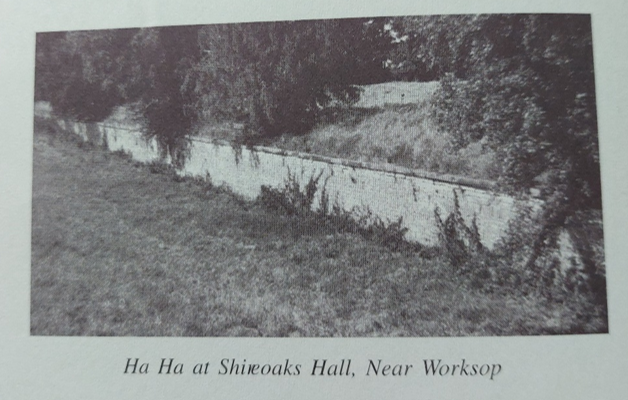
Nottinghamshire has many examples of ha-has, some date from the early eighteenth century through to the late nineteenth century that have listed building status. They range from 150m long at Shireoaks Hall to over 800m long at Wollaton Hall;1m high at Brackenhurst Hall to up to 3m tall at Kelham Hall; made of bricks at Norwood Park to stone at Stanford Hall; and often incorporating other features of landscape architecture, such as fountains at Hardwick Terrace to gates at Scofton Church.

